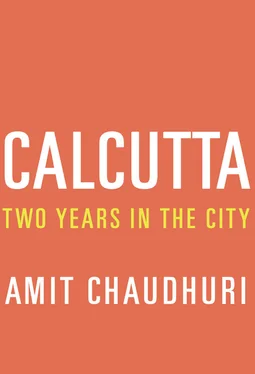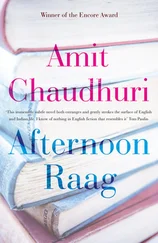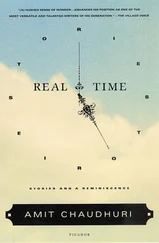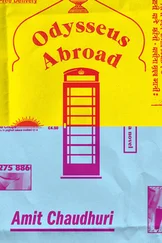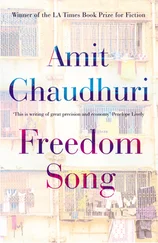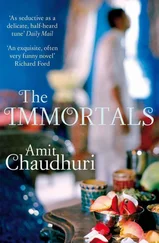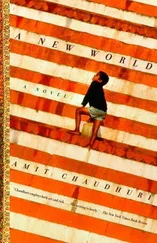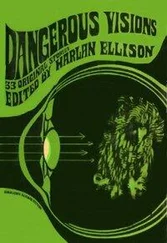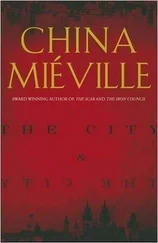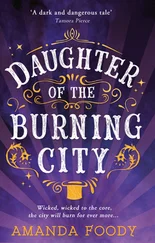The “modern” is man-made; but it’s also a way of conferring life upon things. These things, as a result, enter your world organically. What I remember from the Calcutta of my childhood has that living quality — a neon sign over Chowringhee, of a teapot tipping into a cup; tangled clumps of hair — wigs — at the entrance of New Market; the judiciously dark watercolour covers of my cousins’ Puja annuals. To these man-made objects, modernity, as it governed Calcutta, gave an inwardness and life. This extended to elements of architecture, elements I thought were essentially Bengali — never having seen them anywhere else — but which must have arrived here as Calcutta grew through its contact with Europe.
The most ubiquitous of these are the French windows that are a feature of the older residential and office buildings of North and South Calcutta; unless the house belongs to North Indians and Marwaris, in which case the architecture often echoes the ancient, and even more foreign, haveli style. (I’m talking of the older Marwari buildings. The new ones can echo everything from Roman villas to a Disney illustration.) The French windows are, for some reason, always green. My uncle’s house had them; if you parted the slats using the spine (in Bengali, the onomatopoeic word for this lever is kharkhari ), the street would flood in through the crack, without any part of you seeping out. This was another feature of this city’s modernity: the importance — for no discernible reason — of looking. The windows were foreign and yet part of my conception of Bengaliness — and they possibly conveyed what I felt about Calcutta intuitively: that, here, home and elsewhere were enmeshed intimately. Subconsciously, I may have presumed the windows were part of Calcutta’s colonial history; but, since they were hardly to be seen in England, this explanation didn’t hold.
The windows probably came here in the late seventeenth century. In 2007, I’d been invited to preside over a prize-giving ceremony in Chandannagar, where, in 1730, the French general Dupleix had set up his grand colonial headquarters in what was already then, for almost sixty years, a French colony. Power — and the struggle for malarial Bengal — was poised tantalisingly between the French and the British, until it tilted decisively towards the latter in 1757. However, Chandannagar remained a curious and remote French outpost until recently — not so much a quasi-colony, like Pondicherry, but imprinted distinctively with a Franco-Bengali ethos. The prize-giving, ironically, was for excellence in the English language. It took place in the lawns next to Dupleix’s beautiful, sepulchral house.
It takes about three hours of breathing in dust and smoke, then gazing in resentful wonder at the new Indian autobahns that are replacing the old alley-like “highways,” then turning into one of those highways and travelling vacantly past small towns and countryside awash with plastic bags, tarpaulin, fields, and crushed mineral water bottles, to finally enter this bit of French history: a beginning on the banks of the Ganges, a hazy but still-indelible sketch. The promenade, which surprises you as you enter the town, is still very French, as is the jetty that hangs like a promontory on the river; the Ganges is pure Bengal, but the jetty is elsewhere, and one can imagine a young Frenchman and his fiancée standing on it, absorbed in each other, more than two hundred years ago, feeling “home” revisiting them, dizzied and dwarfed, at the same time, by the East.
Not so with the French windows: they are French only in name; they’ve become indivisible from what Calcutta and Bengaliness mean.
Do we actually see these windows — through whose slats I looked out at the world as a child? Can the windows begin to look back, as if we were on the outside?
They inserted themselves in Calcutta’s consciousness very subtly. Testament to this are some extraordinary, but rather odd, paintings. As Calcutta began to grow from clusters of neighbourhoods into the monstrous, unprecedented metropolis it would become, with teeming settlements and certain luminous landmarks — high court, hospitals, jailhouses, university — a new kind of city type began to emerge from every kind of social class, a little before the advent of the bhadralok —the genteel Bengali bourgeois — and his suddenly all-encompassing way of being. (“Bhadra” means polite and “lok” is person; this polite person’s culture, books, and way of approaching things would reign over Bengal from the late nineteenth century to the 1970s.) The patuas belong to this nineteenth-century churning (when the British had already been entrenched in the city for a hundred years): anonymous painters, some of them Muslims, working on Hindu devotional themes outside the temple of Kalighat, selling their products to the common-or-garden urban devotee. Their work is associated with watercolour and with economical but emphatic outlines, as well as the styles of the metropolis: Shiva and Parvati and Ganesh looking like contemporaries of their worshippers, the embarrassingly handsome Lord Kartik (Parvati’s son) appearing up-to-date and fashionable, in buckled shoes and a Prince Albert haircut. This is not to mention the secular scenes depicting Calcutta — of lascivious babus, their mistresses, and their domineering wives. None of these pictures exhibit the obliqueness or psychological realism of bhadralok modernity: only the vivid footprint of a new, impatient, marching being — the common man.
Although, for much of the late nineteenth and early twentieth centuries, the work of the anonymous patuas was done in watercolour, there is an aberration, an experimental foray, maybe in the early nineteenth century, when their counterparts in Chinsura town outside Calcutta tried out a new medium: oil. These paintings are astonishing: they have the resplendence of oil painting but none of the gloating that oil brought to a great deal of the European Renaissance — where it coincided with the new supremacy of perspective, with a manufactured realism, and the world, henceforth, condemned to becoming a spectacle in every gradation of colour. These Chinsura oils are like secret visions of an ancient mythology, brought to light in a moment of change; most of them are owned by the newspaper magnate Aveek Sarkar. They are displayed not in his drawing room, which is populated by other artefacts, but in the dining room — which means people must access this inner sanctum, and partake of the ritual of dinner, to view the pictures. During dinner, they are illuminated by overhead lights; if, turning your attention from the orchestrated courses and movements through which dinner unfolds, you glance at them, you’ll see that their subjects are epic or devotional. There is the mystic Chaitanya, in an ecstatic, free-floating dance, with his entourage; there, and there again, is the god Shiva, with his family and a group of tranquil stragglers — presumably followers. The oils glow and simmer in, and reflect, the electric lights: you have to squint to catch all the activity and nuances. Behind these figures, you may, one day (looking at a reproduction, or if you’re lucky enough to be invited to dinner a second or third time), notice the French windows — so unobtrusively have they become a part of our lives that there is no context in which we might find them incongruous, or even worthy of comment. The French windows are attached to colonial-style buildings. Has Mr. Sarkar stopped in his dining room to look at them? I’d been unaware of them until, almost by chance one day, they inched into my field of vision; there to stay. Part of the difficulty of noticing the windows is the relative abstention from perspective in the paintings, so that they are not so much in the background (they can’t be, as everything, in a sense, seems to compete equally for the foreground) as self-contained and iconic: among the magic points of focus and revelation comprising the scene. Once you see them, you realise what you’re looking at is the emergence of a metropolis, with its eccentric visual field — something that hadn’t existed a few decades earlier. In front of the slatted windows and those colonial buildings, Shiva — unsurprisingly louche, but unexpectedly pot-bellied — and at least some members of his party begin to resemble what they were probably modelled on: the common people of the day, the ones who entered, irresistibly, the city’s spaces without really owning them, and surge into them still. The bhadralok is nowhere in sight. In fact, now that he’s departed (this time, surely, forever) after that unique interim of more than one hundred and fifty years (during which his imaginary universe was all that was real), Shiva, his family, and his gang seem, once again, very close. They occupy and visit the public spaces of our persistent city. They are, as Utpal Basu said of the old woman in Sealdah, our “citizens.”
Читать дальше
